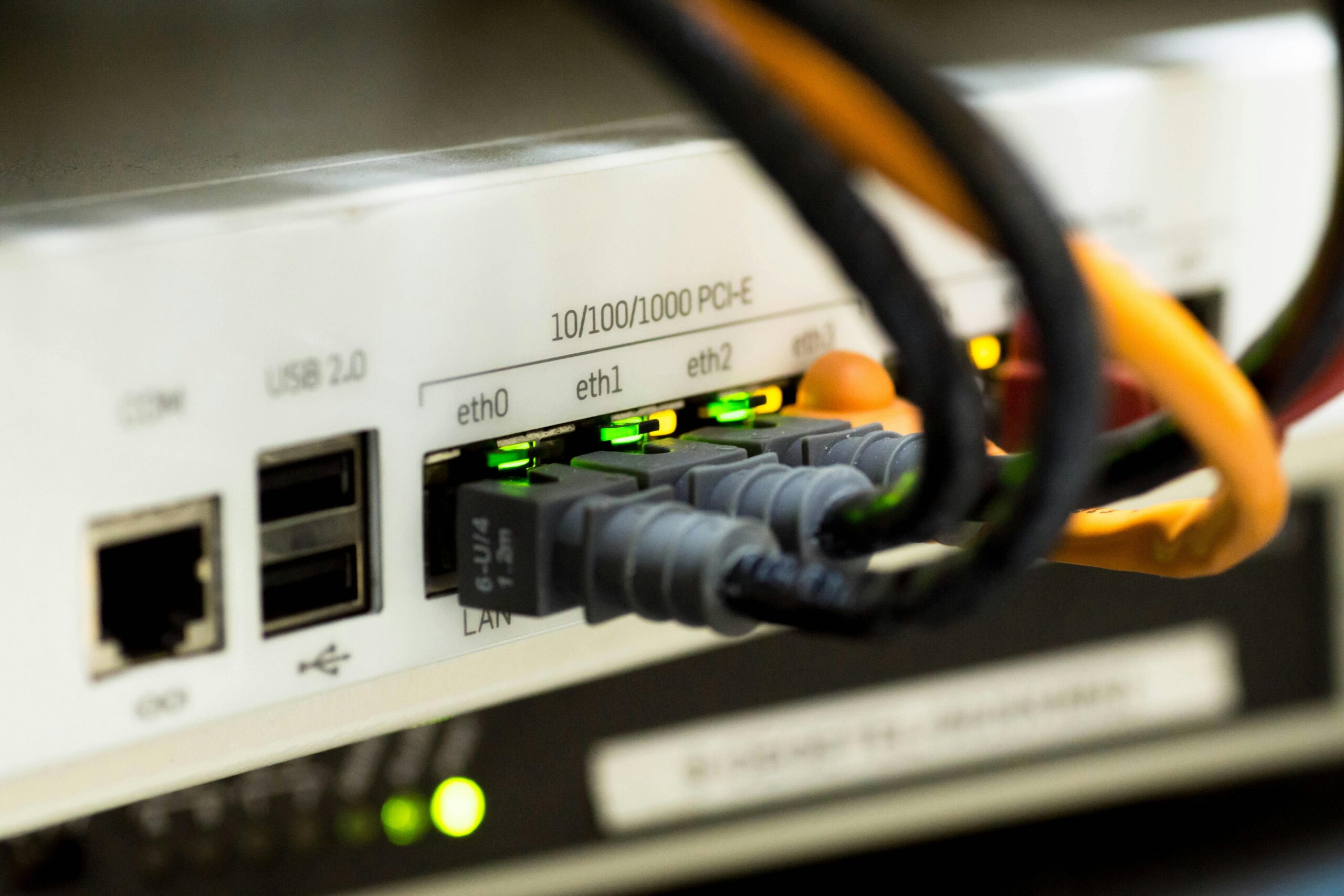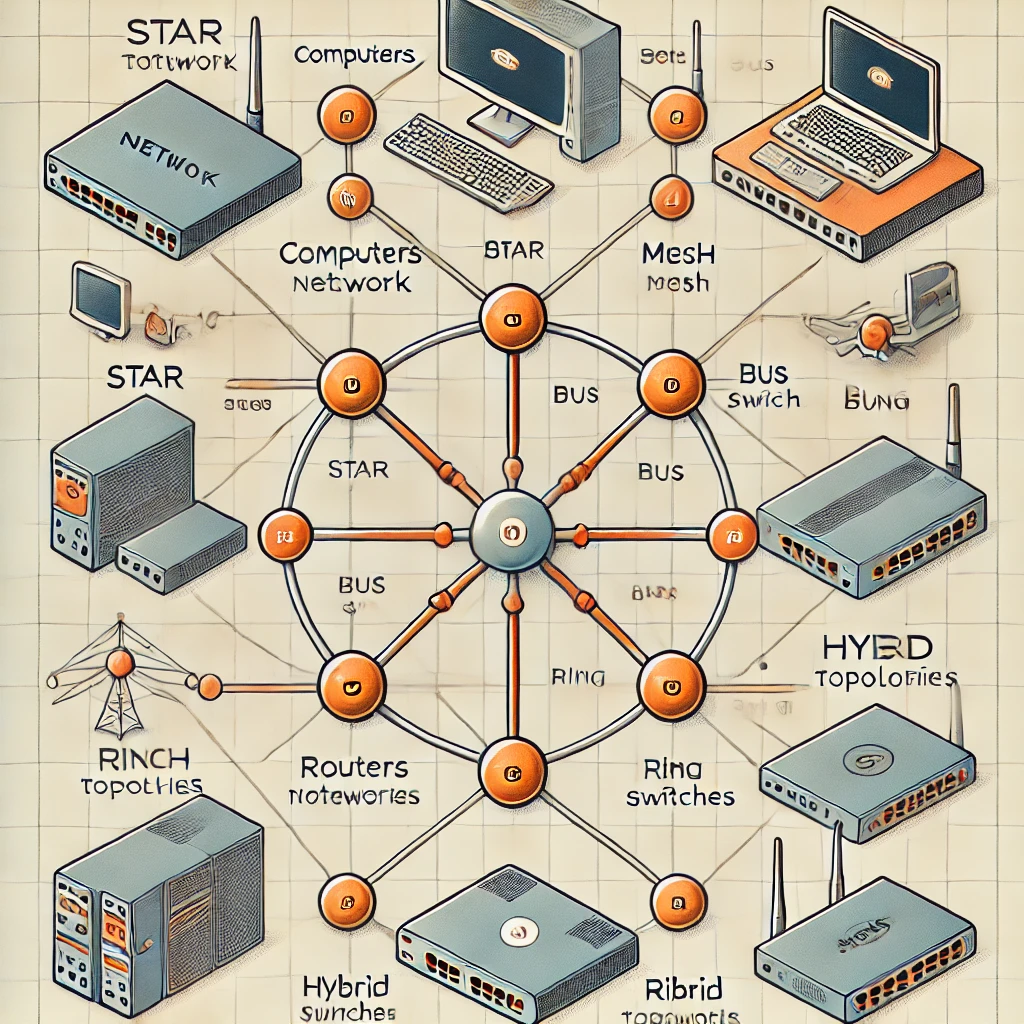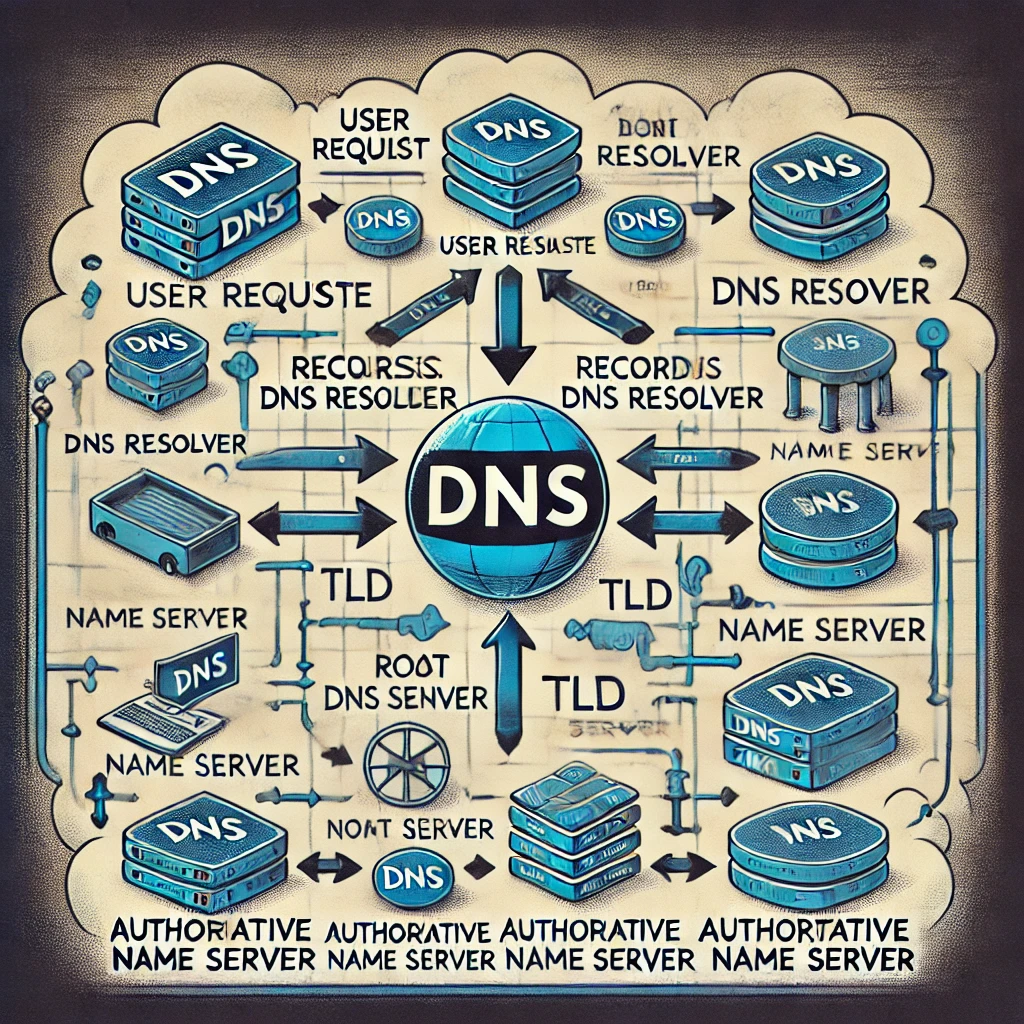Border Gateway Protocol (BGP) is the routing protocol that keeps the internet running. It’s often called the “postal service of the internet” because it determines the best paths for data to travel between networks worldwide. Without BGP, the internet as we know it wouldn’t function.
What is BGP?
BGP is a path-vector routing protocol used to exchange routing information between autonomous systems (AS)—independent networks managed by ISPs, corporations, or large organizations. It helps routers determine the most efficient paths for data packets by considering factors like network policies, path length, and connectivity stability.
How Does BGP Work?
- Autonomous Systems (AS): Each AS has a unique identifier (ASN) and manages its own network policies.
- Peering & Route Advertisement: AS’s establish BGP connections (peering) with others and share routes they know about.
- Path Selection: BGP uses rules and attributes (like AS Path, Local Preference, and MED) to choose the best route.
- Routing Tables Update: When a new route becomes available or an existing one fails, BGP updates its routing tables and propagates changes across the network.
Why is BGP Important?
- Scalability: BGP efficiently routes traffic across millions of IP prefixes.
- Redundancy & Reliability: It provides alternative paths if one route fails.
- Internet Control & Policy Enforcement: Organizations use BGP to implement routing policies, control traffic flow, and manage interconnectivity.
Challenges & Security Concerns
Despite its importance, BGP has vulnerabilities:
- BGP Hijacking: Malicious actors can announce unauthorized routes, leading to traffic redirection or loss.
- Route Leaks: Misconfigurations can expose internal routes, causing disruptions.
- Slow Convergence: When routes change, updates can take time to propagate.
Securing BGP
To improve security, organizations implement:
- RPKI (Resource Public Key Infrastructure): Cryptographically verifies route authenticity.
- Prefix Filtering: Limits which routes are accepted from peers.
- BGP Monitoring & Alerts: Detects anomalies in real-time.
Final Thoughts
BGP is the backbone of global internet connectivity. While it has flaws, improvements in security and routing best practices help maintain a stable and secure network. Understanding BGP is crucial for network engineers, cybersecurity professionals, and anyone involved in internet infrastructure.
Want to dive deeper? Check out resources like RFC 4271 (BGP-4) or tools like bgp.he.net to monitor real-world BGP activity.





*Understanding BGP: The Backbone of the Internet* provides a comprehensive and insightful exploration of Border Gateway Protocol (BGP), essential for maintaining the global internet. By breaking down complex concepts into clear explanations, this resource is invaluable for both networking professionals and enthusiasts seeking to enhance their knowledge. Whether you’re looking to troubleshoot BGP issues, optimize routing, or gain a deeper understanding of internet infrastructure, this book serves as a practical and informative guide to one of the most critical protocols in networking.
*Understanding BGP: The Backbone of the Internet* is an essential resource for anyone looking to deepen their knowledge of Border Gateway Protocol (BGP) and its crucial role in global internet infrastructure. By breaking down complex concepts with clarity and real-world examples, this book provides both beginners and experienced network engineers with the insights needed to troubleshoot, optimize, and secure BGP implementations. Whether you’re managing enterprise networks or working with service providers, this comprehensive guide equips you with the skills to navigate the ever-evolving world of internet routing.
*Understanding BGP: The Backbone of the Internet* provides a comprehensive exploration of the Border Gateway Protocol (BGP), offering valuable insights into its role in maintaining global internet connectivity. By covering fundamental concepts, advanced configurations, and real-world scenarios, this resource serves as an essential guide for network engineers, IT professionals, and anyone seeking a deeper understanding of internet routing. With clear explanations and practical examples, the book equips readers with the knowledge needed to configure, troubleshoot, and optimize BGP, making it a must-read for those navigating the complexities of modern networking.
*Understanding BGP: The Backbone of the Internet* provides a clear and comprehensive exploration of the Border Gateway Protocol (BGP), making it an essential resource for network engineers and IT professionals. By breaking down complex concepts and real-world applications, this book enhances understanding of BGP’s critical role in global internet infrastructure. Whether you’re a beginner or an experienced professional, this guide equips you with the knowledge needed to configure, troubleshoot, and optimize BGP effectively.
*Understanding BGP: The Backbone of the Internet* is an essential resource for anyone looking to grasp the complexities of the Border Gateway Protocol. Through clear explanations and real-world examples, this book effectively demystifies BGP’s role in routing and internet infrastructure. Whether you’re a networking professional or an enthusiast, this guide provides valuable insights into how the internet operates at a fundamental level.